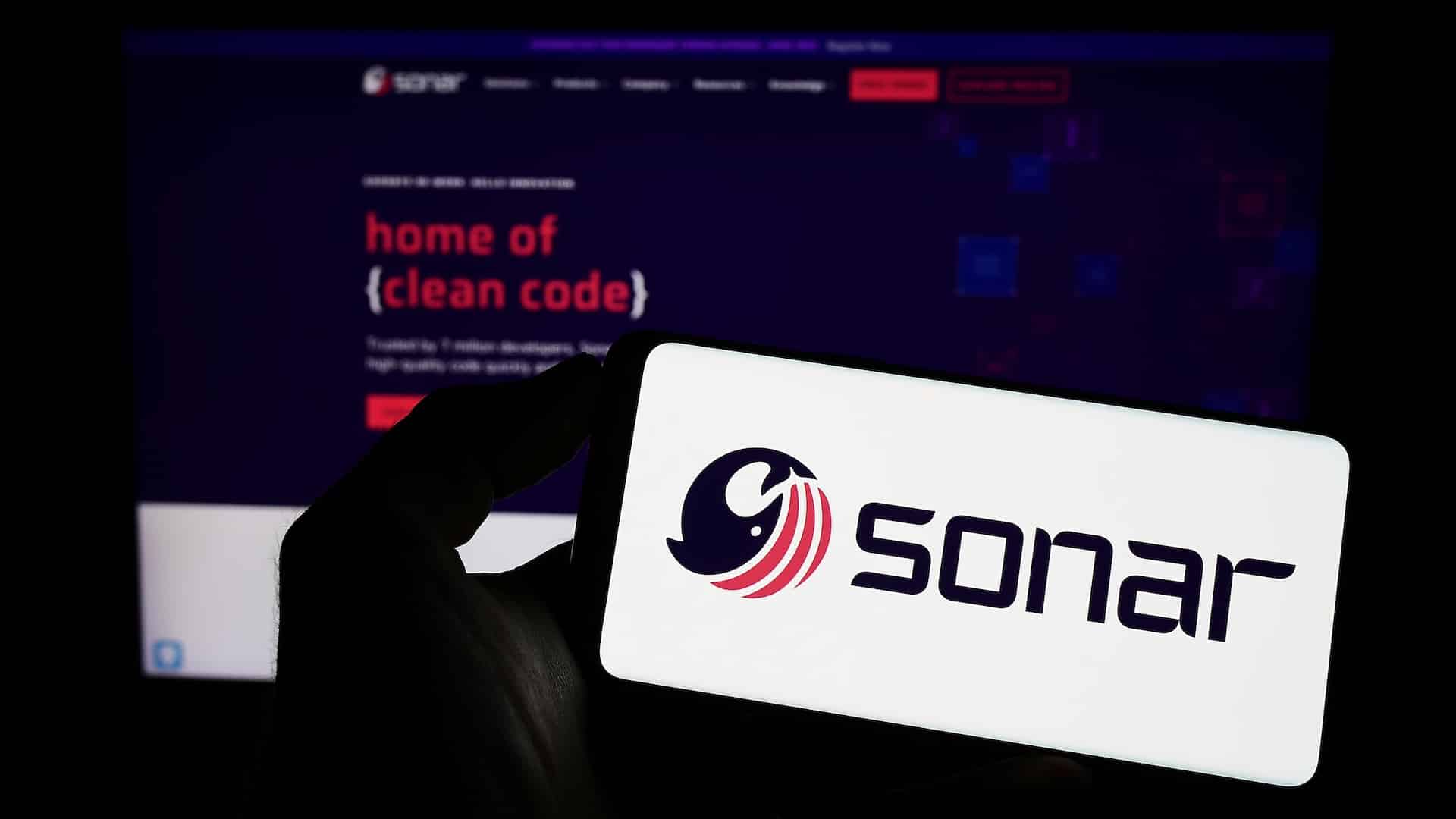What is IT Outsourcing Exactly?
IT outsourcing is when a company delegates and entrusts its IT systems and services to an IT specialist. In this model, there is a service provider (the IT manager) and a client (the company opting to outsource this service). Outsourcing can be partial or comprehensive, conducted on-site or remotely, depending on your needs and company profile.
The range of services offered by the service provider or outsourcer is vast, and each client company selects the level of support they require. From hardware maintenance and management to IT security, data backup and recovery… everything is possible!
What Are Its Advantages?
Outsourcing IT services offers numerous benefits for businesses. The key is to choose a reliable service provider that adapts to specific needs! Our experts have compiled for you the main advantages of IT outsourcing.

Optimising Time
With outsourced IT management, a company gains time. Employees can focus on their core business and all related tasks. This frees up quality time for concrete actions that allow the business to develop its activity and its raison d’être. The overall productivity of the company is improved!
Flexibility and Agility
This model is also based on flexibility: Services can be adjusted according to the changing needs of the business. What is relevant for the company today may become obsolete in a few months. This adaptability allows the IT outsourcing provider to always remain accurate.
Reducing Costs
By choosing a package tailored to its needs, a company saves human and financial capital in the IT domain. IT outsourcing allows delegation, so the company doesn’t need to invest in purchasing and maintaining costly IT infrastructures. Finally, the company won’t need to recruit or train internally, as the provider supplies qualified professionals.
Security Specialists
Thanks to partners and tools at the forefront of innovation, the IT outsourcing manager can ensure the company’s IT security and comply with current norms and regulations. Informed and alert, the IT outsourcing provider can mitigate risks regarding the security of client data. Potential threats can be stopped before they impact the company’s operations.
What Are the Three Key Roles in IT Outsourcing?
As you can see, IT outsourcing is a vast field that requires a range of specialists. Discover the three key roles that simplify IT management for businesses!
IT Support Technician
These professionals provide technical assistance to end-users. The IT Support Technician is the direct contact. They are at the heart of user issues, working to resolve them promptly. They can also guide, answer questions, and even coach users. These specialists are key to the smooth daily operation of IT outsourcing.
System and Network Administrator
The role of the System and Network Administrator is to maintain the operational condition of the installation. They manage the entire IT infrastructure, which includes operating systems, networks, servers, and databases… they ensure all these elements function optimally!

IT Security Engineer
With security at the heart of the IT outsourcing model, this specialist’s mission is to ensure and continually strengthen it. They write procedures, implement security strategies, manage firewalls… They are the guardians of cybersecurity.
What Are the Risks and Disadvantages of IT Outsourcing?
Risk of Underestimation
It’s crucial to take the time to accurately estimate the cost and scope of an IT outsourcing project for the requesting company. Underestimating needs can complicate choosing the volume of the service and, more importantly, for everyday work. The goal is for comprehensive management of its IT systems and services (tasks distributed between the IT outsourcing provider and the client). However, if the scope of the service is underestimated by either party, grey areas can emerge, leading to partial, uncomfortable, and insufficient management.
Social Risks
When properly introduced to employees, IT outsourcing is a true asset! Employees can stay focused on their core business and work in collaboration with a trusted provider. However, this model needs to be explained and valued internally. If not properly introduced, there’s a risk that the IT outsourcing provider might be seen as an intruder. Proper handover and transparently informing employees about upcoming changes are essential. This facilitates a better reception of changes in IT systems and services management.
Risk of Detachment
With an external provider, it’s important to designate a contact person/project manager to oversee the collaboration. As the client company becomes dependent on the IT service provider for IT management, it must control the direction of this partnership with attention. Regular exchanges are crucial in outsourcing to avoid any disconnection.
What Does an IT Outsourcing Service Include?

An IT outsourcing service is tailored to your situation, which is why it can take many forms. In any case, it is governed by a contract that binds the client and the provider, determining the type of IT outsourcing chosen (duration of the collaboration, exact nature of the services, mutual obligations and guarantees, etc.).
In chronological order, an IT outsourcing service typically unfolds as follows:
- Audit: > To assess the initial situation and needs.
- Installation: > The provider takes over and proceeds with the installation of the requested system.
- Management: > The IT outsourcing provider begins managing the system they installed or the one already in place.
- Maintenance and Security: > Once installed, the provider’s experts meticulously maintain the system to ensure it functions at its fullest capacity.
- Optimisation: > To continuously enhance efficiency for the client, the system is constantly optimised.
How to Choose Your Provider?
The choice of your provider should be based on your needs. Here are some questions to guide your choice:
- Which IT service provider do you trust ?
- Which provider can ensure good communication communication with your users/employees?
- What is the size of your company? If you are an SME, check out our dedicated article.
- What are your needs among the following: Cybersecurity, IT support, hardware, compliance, monitoring, and data backup?
- Do you need partial or comprehensive management?
- Do you want a turnkey service, or do you prefer to supervise?
- What budget have you allocated for this assignment?
These preliminary questions will help you orient yourself and choose the professional that best suits you. Remember, the more defined your project is, the less likely you are to make a mistake in choosing your provider! TTo assist you, we also suggest consulting our ranking of the best IT service providers in French-speaking Switzerland.
Are you considering outsourcing your IT systems? Whether you are facing a lack of time, skills, or resources for managing your IT park and IT infrastructure, our department can help. IT Operations & Support Services provides a comprehensive solution, ensuring the operational maintenance of your IT environment while controlling costs.
Contact our Qim info experts to discuss and ask your questions!







